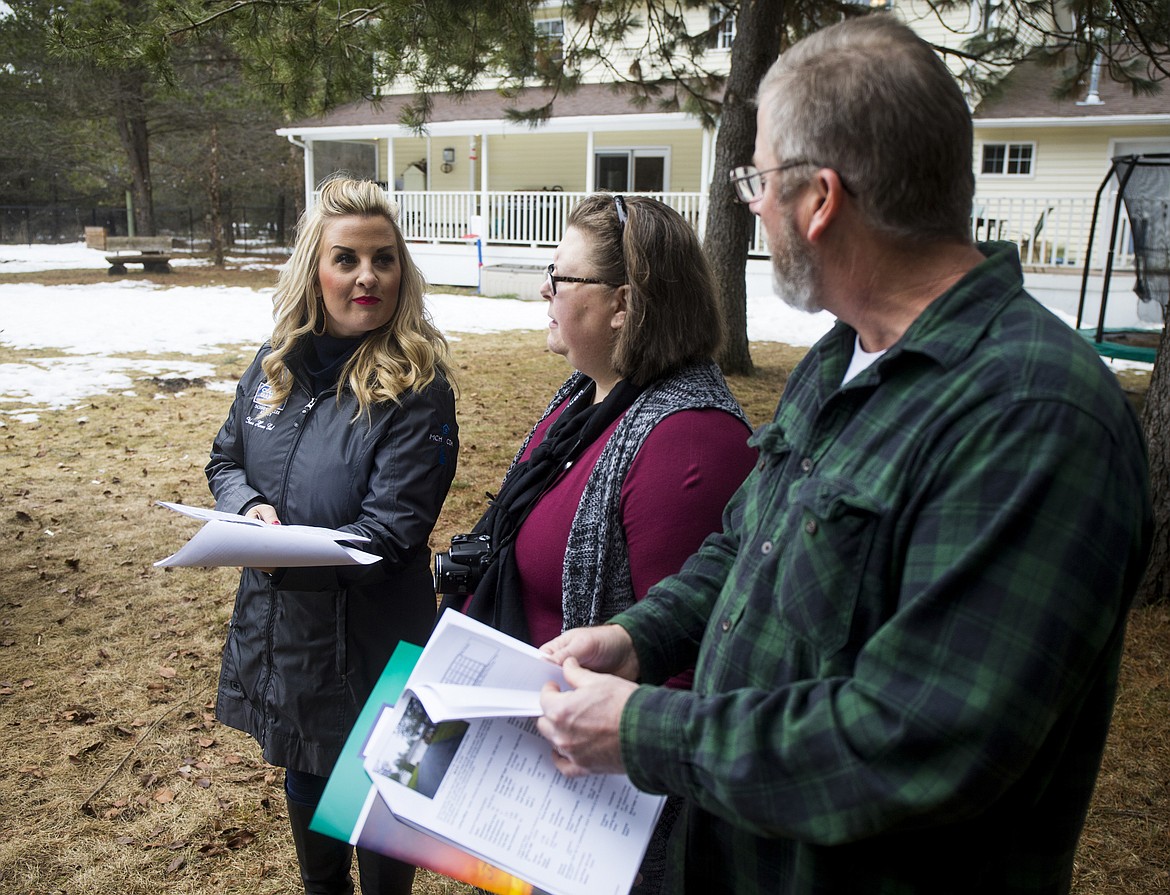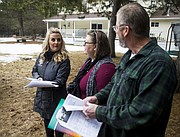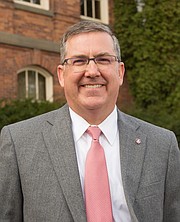Real estate ripples
COEUR d’ALENE — It seems only fitting that areas in and around the Lake City are expected to continue to enjoy the ripple effects of the real estate market this year.
That was a theme during Coldwell Banker Schneidmiller Realty’s 11th annual Kootenai County Commercial Real Estate Forum on Thursday morning at the Kroc Center attended by about 400 professionals tied to the market.
Whether it’s from Washington State University’s new Elson S. Floyd College of Medicine in Spokane, the migration of Seattle residents fleeing gridlock and skyrocketing housing costs, or a desire to live in our outdoors paradise, real estate in Kootenai County stands to be on the receiving end of those trends, presenters said.
"Eleven years ago (during Coldwell Banker’s first market forum), the market was not what it was today," said Gary Schneidmiller, founder and owner of the realty firm. "We had to work hard to manufacture enthusiasm, but we are now facing wonderful opportunities in a market that has become remarkable again."
WSU President Kirk Schulz, the keynote speaker, said the synergy that the medical school has created after it opened last year is expected to help fuel the local health care sector even more.
"This is an economic opportunity for this region, not just Spokane and WSU," he said.
Schulz said he’s been in conversations with University of Idaho President Chuck Staben on how to build on that momentum collaboratively.
Schulz predicts more medical software, device and life science companies will be eyeing Kootenai County as the Inland Northwest becomes the next major health care mecca between Seattle and Minneapolis.
"Health care has changed dramatically across the country," Schulz said. "It used to be that you’d have to go to monster hospitals to get the best equipment, but now we’re seeing it on the regional level."
Economic trends and forecasts have an impact on the real estate market, said presenter Sam Wolkenhauer, an Idaho Department of Labor economist.
He said the economy has enjoyed low unemployment and interest rates and other positive indicators to boost consumer confidence, but we can’t expect the economy to grow at the same clip into the future.
"America has mostly used up its supply of excess labor that was unemployed in 2010 and 2011," he said. "The main constraint on economic growth is the shortage of labor, not tax or regulatory policy."
The shrinking labor pool is highlighted by an ironic trend, he said. The biggest fall has been with men ages 25 to 54, historically the class most likely to be working.
Wolkenhauer said he believes factors behind the trend include more women working and being the breadwinners, fewer manufacturing jobs and the opioid crisis.
"This has driven a hollowing of the core of the American working demographic," he said. "This also has to temper our expectation of how much more our economy will grow."
Speakers said the local real estate market is expected to remain strong this year because the return on investment is attractive to investors. However, high construction costs and residents’ reluctance to move without somewhere to land in a market of scarce inventory and shrinking vacancy will still present hurdles.
Coldwell Banker’s Rob Brickett, who spoke about the residential market, equated the situation to the game of musical chairs. If no one is getting up to move, the people who are entering the game have nowhere to sit.
Brickett said the largest influx of people moving here are from Washington, not California.
"We are definitely an attractive alternative," he said.
Brickett said it may feel to some like the market is in a bubble with rising costs and sales, but that’s not the case.
"We have an undersupply," he said. "That means no bubble."
In the multi-family market, Coldwell Banker’s Ben Widmyer said rents and vacancy rates should increase this year and demand for apartments will still be strong as the population continues to rise. Most of such growth will be in communities outside Coeur d’Alene, he said.
"We’ve done a good job locally of not overbuilding," he said.
Due to the lack of new office construction and steady absorption, vacancy in that sector is expected to fall and rental rates rise, said Coldwell Banker’s Douglas Rall.
Rall said there is enough retail demand and space available that the new construction in that market will be primarily restaurants, gas stations and other specialty stores. Trying to find tenants for large retail spaces has been a trend.
Development hotspots for this year include along Seltice Way near Atlas Road, near WinCo, north on Ramsey Road, around the medical campuses and Coeur d’Alene Airport and in the Highway 41 corridor in Post Falls.







